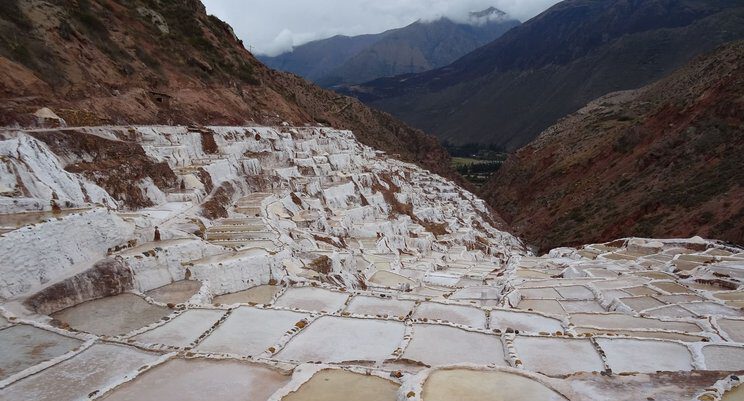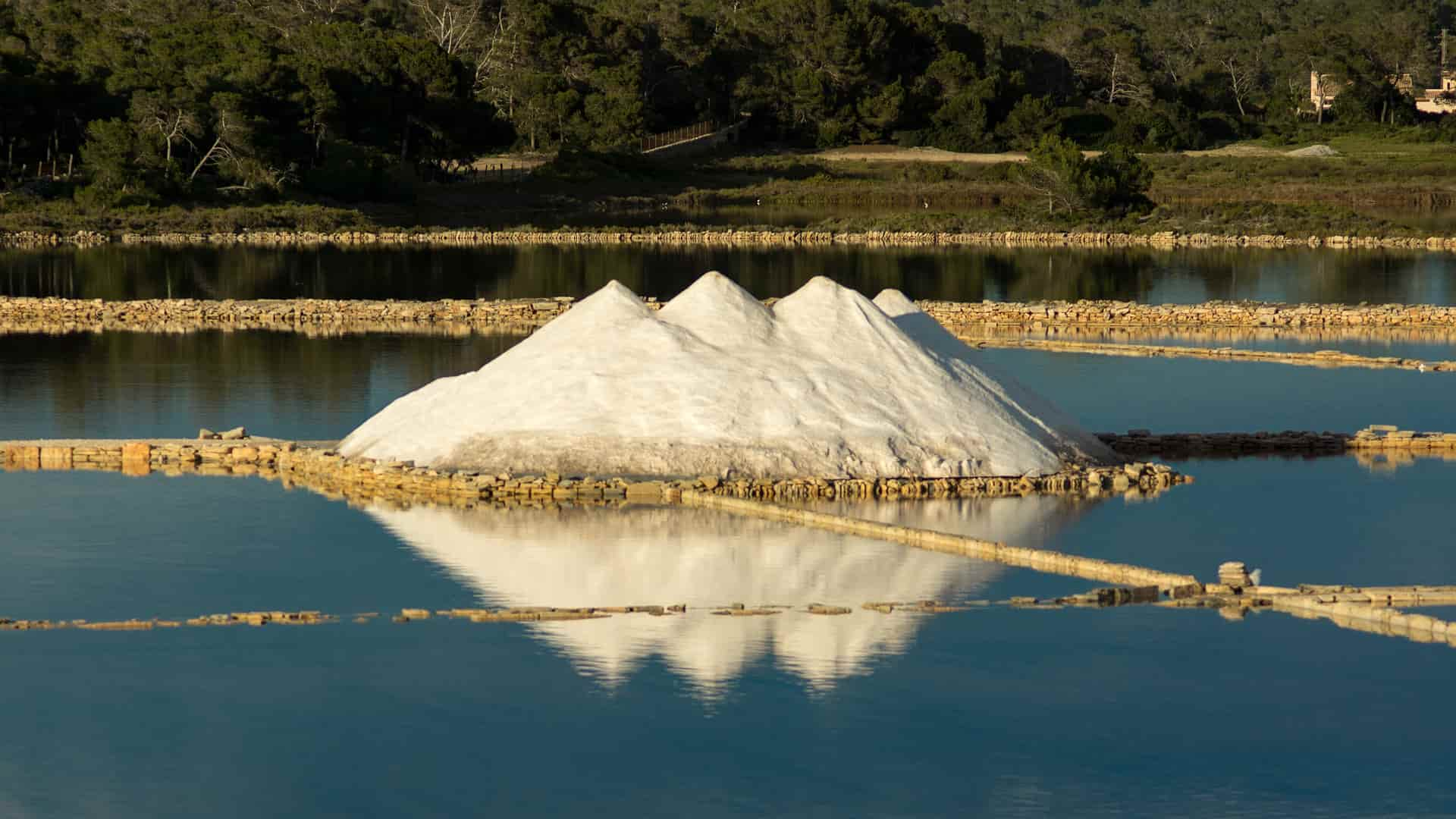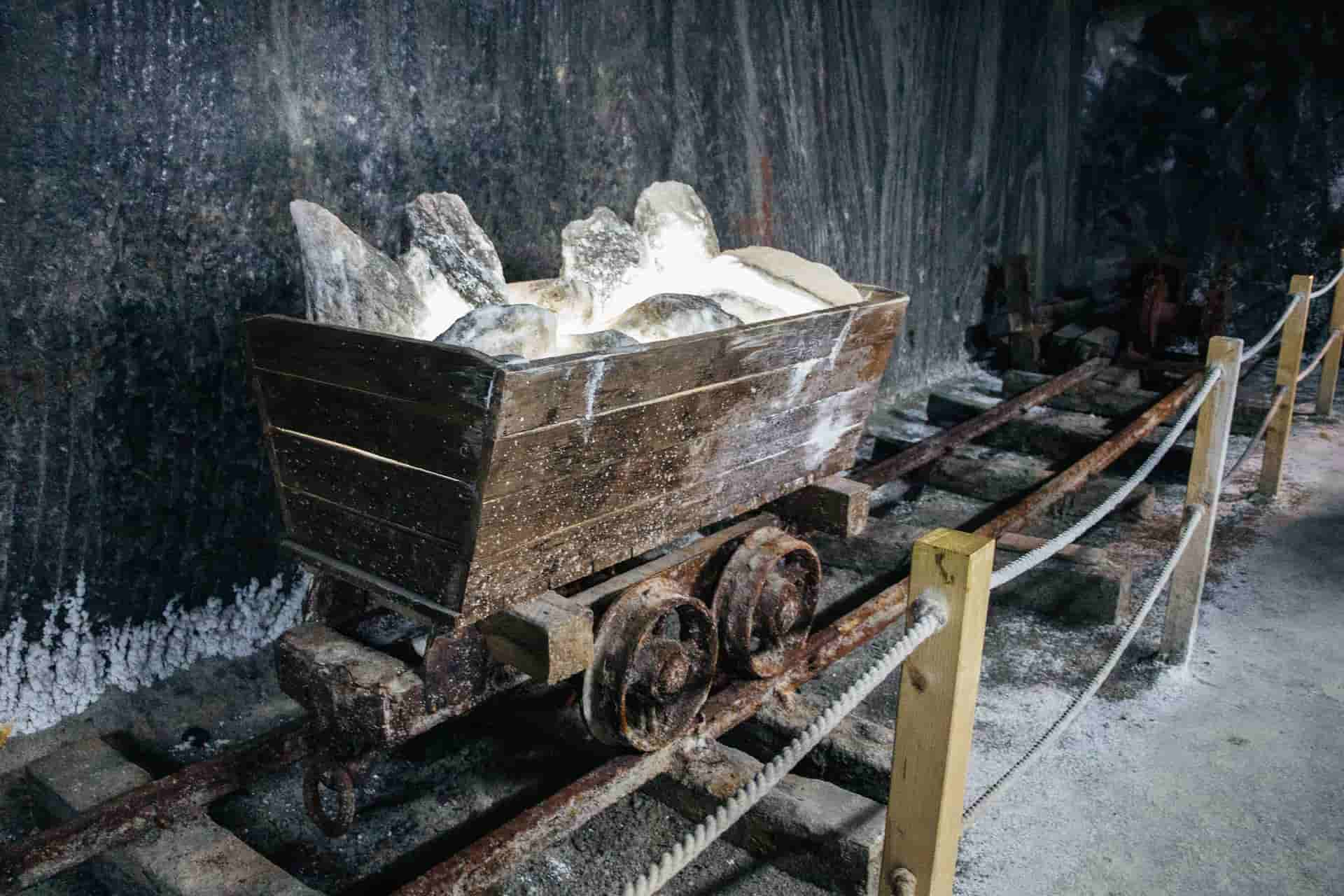Salt is one of the most abundant components of the earth’s crust, being able to find it in both coastal and inland salinas (also called salty springs) and in rock salt mines. Thus, it is expected that the characteristics of one or another resultant salt are identical bearing in mind that, in the end, the origin of salt is always the same: the sea. The difference between one and other lies in the time that goes by since salt crystallizes in salt pans, chasms, etc. until it is collected. A period of time that may vary from thousand years to a few days. Therefore, the extraction methods are different. But actually, all the salt that can be found on the Earth has a marine origin.
However, we often find a variety of terms that can lead us to confusion, believing that they consist of different types of salt with different properties. The fact that some salts are classified as sea salt and others are not is due to a matter of food regulations for obtaining, circulating and selling edible salt and brines. Thus, it is possible to find different words for the same product depending on the method by which it is harvested:
- Sea salt: it is all the salt obtained by the evaporation of sea water.
- Virgin sea salt: when it is obtained exclusively by the action of the wind and the sun, collected by hand and washed only in the crystallizer, without the addition of any ingredient. The floating layer of crystallized salt on the surface of the water in the crystallizers is known as Fleur de Sel.
- Rock salt: it is the salt from natural salt deposits (that is, from places where there was previously sea and the salt still remains).
- Spring salt: it is the salt from saline springs obtained by the evaporation of the corresponding brines (that is, from terrestrial outcrops of marine waters).
- Vacuum salt: when the crystallization is carried out under vacuum.
- Refined salt: it is rock salt, spring salt or sea salt (except virgin sea salt and Fleur de Sel) purified by washing or by dissolution followed by crystallization.
Salinas, places of evaporation of brines
In this way, salt or sodium chloride (NaCl) is obtained in two main ways depending on the place of origin and consequently, its obtaining. The best known method is by evaporation of water, either sea or spring. Brine evaporation is based on an evaporation of an increasingly concentrated saline solution until the salt precipitates to the bottom. In order to achieve evaporation, natural means are usually used, such as solar evaporation, or artificial means, such as cooking in special pans. Seawater is an inexhaustible source of salt since approximately 2,7% (by weight) is NaCl, or in other words, 78 million metric tons per cubic kilometre of sea water, which provides this method with a cheap and inexhaustible salt.
Salinas are the place where salt water gradually evaporates until leaving only salt, to subsequently dry and collect it for sale. There are two types of salinas, the coastal ones, located on the coast in order to use seawater, and the inland ones, in which saltwater spring is used as the water passes through underground salt deposits. In some cases, due to the low flow of the springs, water is also pumped into the earth from rafts or ponds, thus increasing salt production.
You can read more about Mediterranean salinas here
Halite, salt in the shape of rock
Another method to harvest salt is by extraction of a mineral rock called halite, which is no more, no less than the natural form of salt. It can be found as a dissolved solution in the oceans and salt lakes, as previously seen, or in solid masses both on the surface of the earth (salt pans) or in its interior (mines of little or medium depth).
Salt mines are nothing more than seas that were trapped 200 million years ago, unaltered by the hand of man, and subsequently dried up, causing the formation of a salt deposit.
This extraction can be done in two ways: by dissolving water extracting mud saline, or by excavation in the form of rocks and minerals. Some of the minerals can be extracted directly from dried-up ancient saline lakes that are on the surface. The extracted rocks are pulverized by mechanicals means to achieve the desired size and texture depending on their intended use. These salt minerals can also be dissolved in water with a raft evaporation process similar to the sea salt one.




